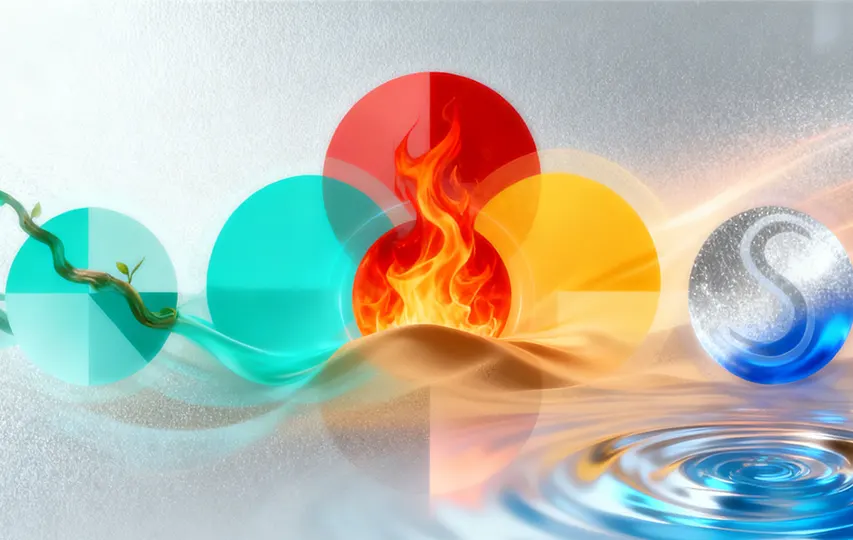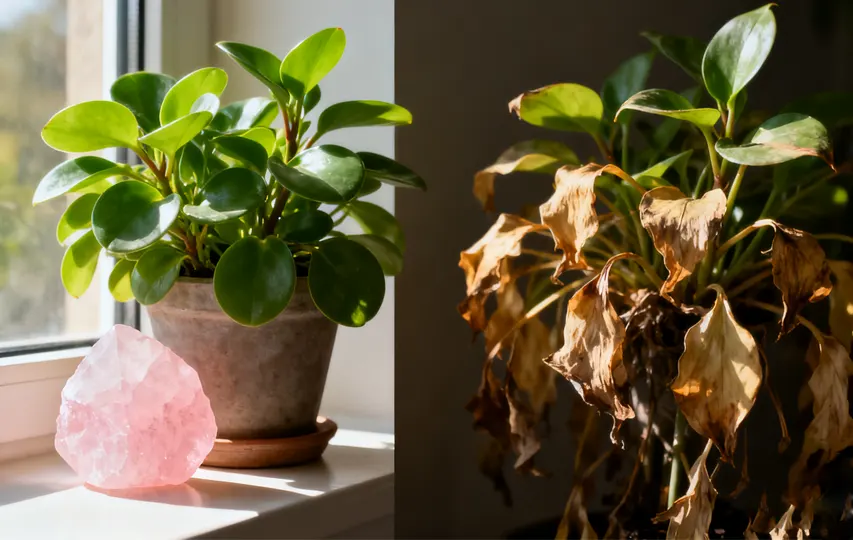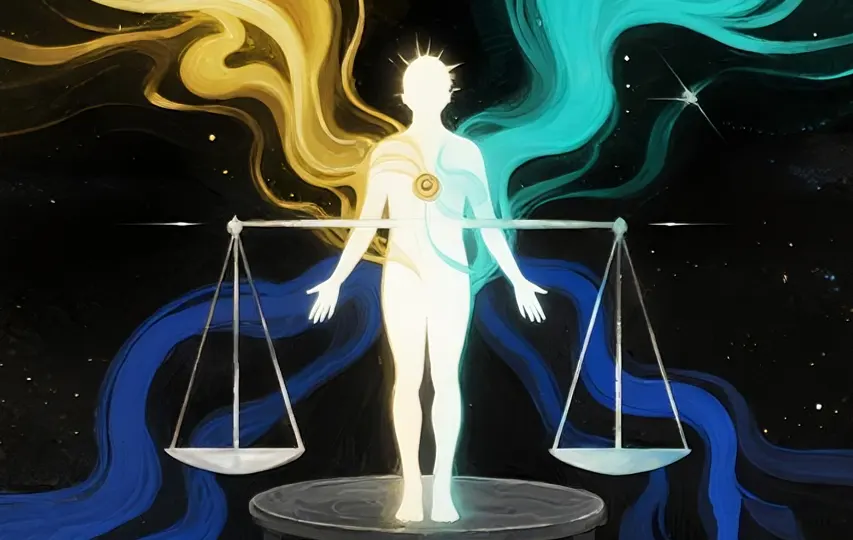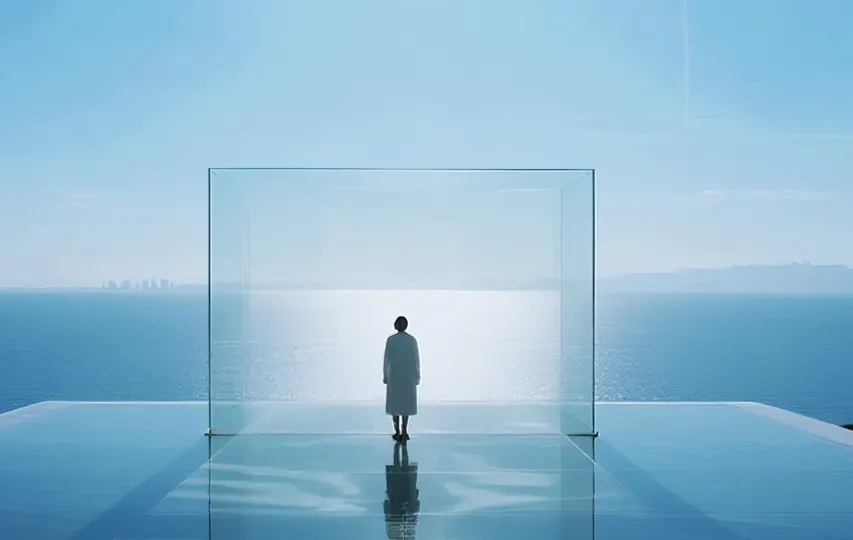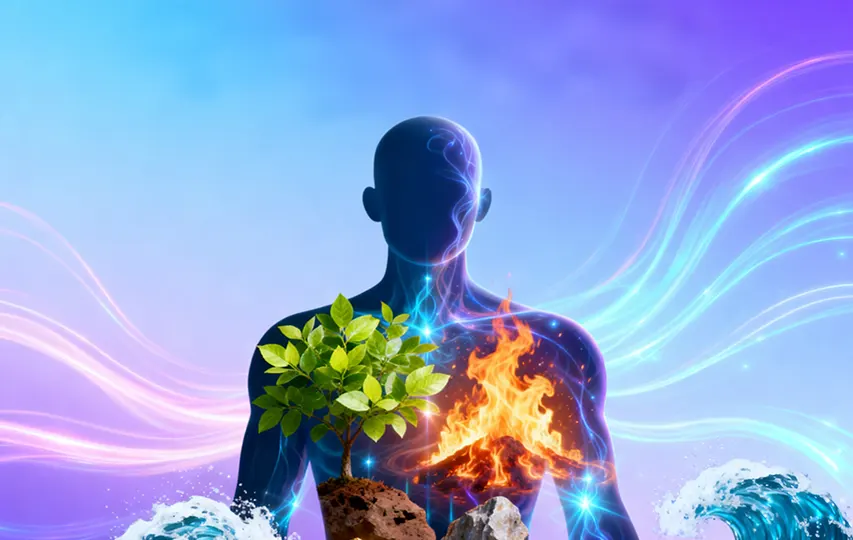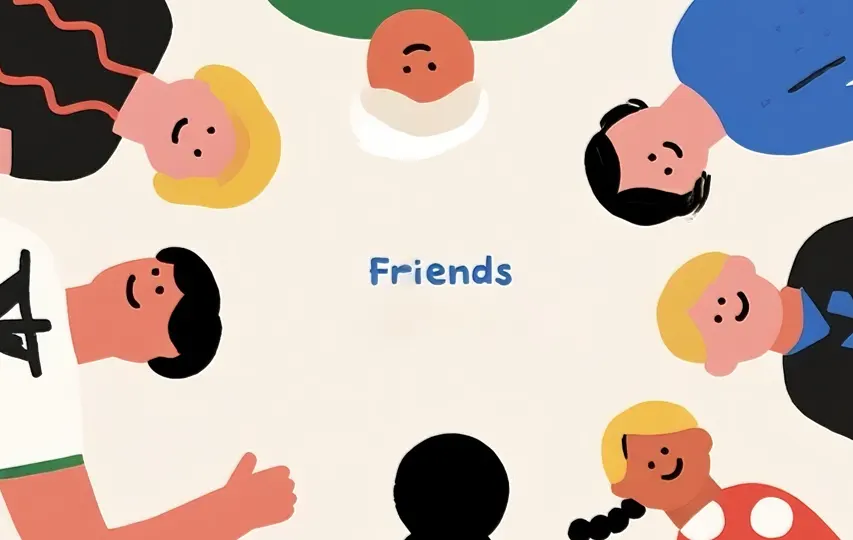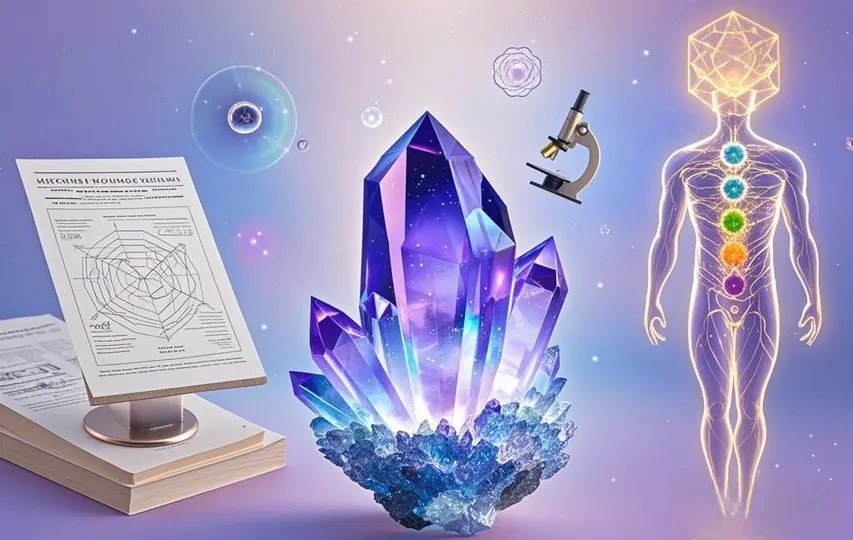
The Science Behind Crystal Healing: What Research Says
Do crystals really heal? Crystal healing fascinates millions, promising benefits like stress relief, energy boosts, and emotional balance. But what does science say about these shimmering stones? As interest in holistic wellness grows, more people seek evidence behind the claims. In this post, we’ll dive into the science behind crystal healing, explore current research, and separate fact from fiction. Let’s uncover what studies reveal about this ancient practice!
Crystal Healing: A Quick Overview
Crystal healing involves placing stones on the body or in your space to harness their vibrations. Practitioners believe crystals like amethyst or quartz influence energy fields, promoting well-being. While this idea dates back centuries, modern science now investigates whether these claims hold up. So, how does crystal healing science stack up? Let’s break it down.
The Scientific Lens: What Research Explores
Scientists approach crystal healing with curiosity and skepticism. They examine physical properties, psychological effects, and anecdotal evidence to understand its impact. Here’s what research says about key aspects of this practice.
1. Crystals and Vibrations: A Physical Basis?
Crystals possess unique structures—think quartz’s hexagonal lattice. This structure allows them to vibrate at specific frequencies, a property called piezoelectricity. Scientists use this in technology, like quartz watches, proving crystals generate measurable energy. However, does this translate to healing? Studies haven’t confirmed that these vibrations directly affect human energy fields. Still, the concept intrigues researchers and keeps the debate alive.
2. The Placebo Effect: Mind Over Matter
Research on crystals often highlights the placebo effect. A 2001 study in the British Psychological Society tested quartz crystals on participants. Those who meditated with crystals—real or fake—reported feeling calmer and more focused. The catch? Results stemmed from belief, not the crystals themselves. This suggests crystal healing science may hinge on psychology, not physics. Your mind’s power plays a big role!
3. Stress and Relaxation: Measurable Benefits
Some studies link crystals to relaxation. A 2016 pilot study explored how holding rose quartz during meditation affected stress levels. Participants showed lower heart rates and reported feeling soothed. While small-scale, this hints that crystals might enhance mindfulness practices. Larger studies are needed, but early findings spark hope for stress relief through crystal use.
4. Energy Fields: Unproven but Intriguing
Crystal healing claims stones balance “energy fields” or chakras. Science hasn’t mapped these fields yet—biofield research remains in its infancy. A 2018 review in Complementary Therapies in Medicine found no solid evidence linking crystals to energy shifts. Yet, researchers acknowledge the placebo effect and subjective benefits keep users coming back. The mystery persists!
What Crystals Don’t Do: Setting Realistic Expectations
Science draws clear lines. Crystals don’t cure diseases or replace medical treatment. The National Center for Complementary and Integrative Health warns against relying on them for serious conditions. No peer-reviewed study shows crystals heal cancer or mend broken bones. Instead, research positions them as wellness tools—supportive, not miraculous. Knowing this helps you approach crystal healing with balance.
Bridging Science and Belief
So, where does this leave us? Crystal healing science blends hard facts with human experience. While evidence leans toward psychological benefits, the lack of conclusive proof doesn’t dim its appeal. Here’s how research and belief intersect:
- Physical Properties Inspire: Quartz’s piezoelectricity fascinates scientists and users alike, even if healing links remain unproven.
- Mindset Matters: Studies affirm that belief amplifies effects, making intention a key player.
- Complementary Use Shines: Pairing crystals with meditation or therapy boosts relaxation, aligning with research trends.
This balance lets you enjoy crystals without ignoring science. You decide what resonates!
Popular Crystals and the Research Buzz
Curious about specific stones? Here’s what science hints at for fan favorites:
- Amethyst: Linked to calmer states in small studies—ideal for stress management.
- Clear Quartz: Amplifies focus during meditation, per anecdotal reports.
- Rose Quartz: May enhance emotional well-being, though the evidence is slim.
- Black Tourmaline: Users claim grounding effects; science sees no direct proof yet.
These insights guide beginners and enthusiasts toward informed choices.
Conclusion: What Science Tells Us About Crystal Healing
The science behind crystal healing offers a mixed bag. Research confirms crystals’ physical properties—like vibrations—but stops short of proving energy shifts or miraculous cures. Instead, studies spotlight the placebo effect and relaxation benefits, suggesting crystals thrive as mindful tools. Healing crystals’ evidence remains limited, yet their popularity endures. Whether you embrace them for science or spirit, they invite exploration. Want to try crystal healing? Start with an open mind, pair it with proven practices, and see what works for you. The journey blending research on crystals and personal discovery awaits!
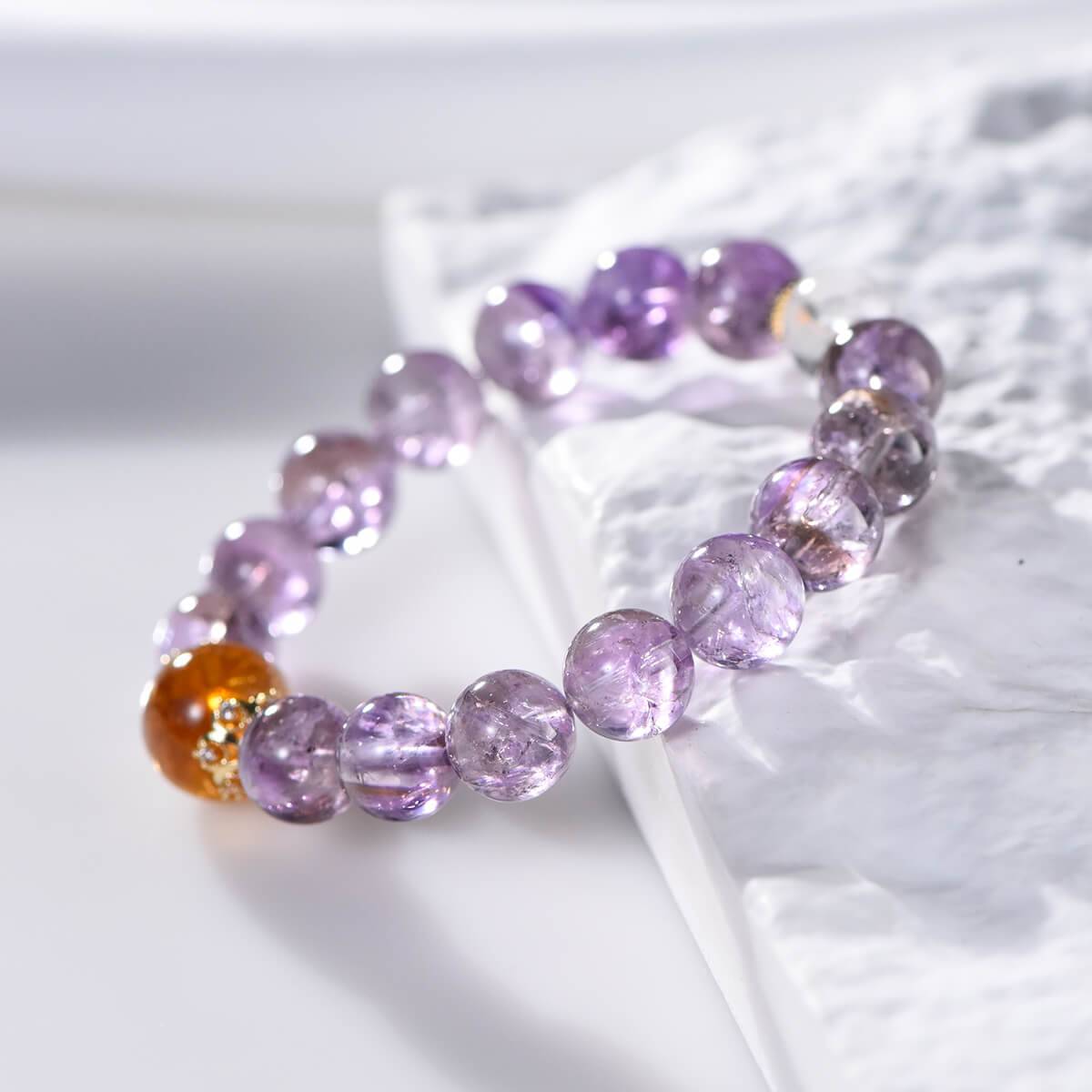
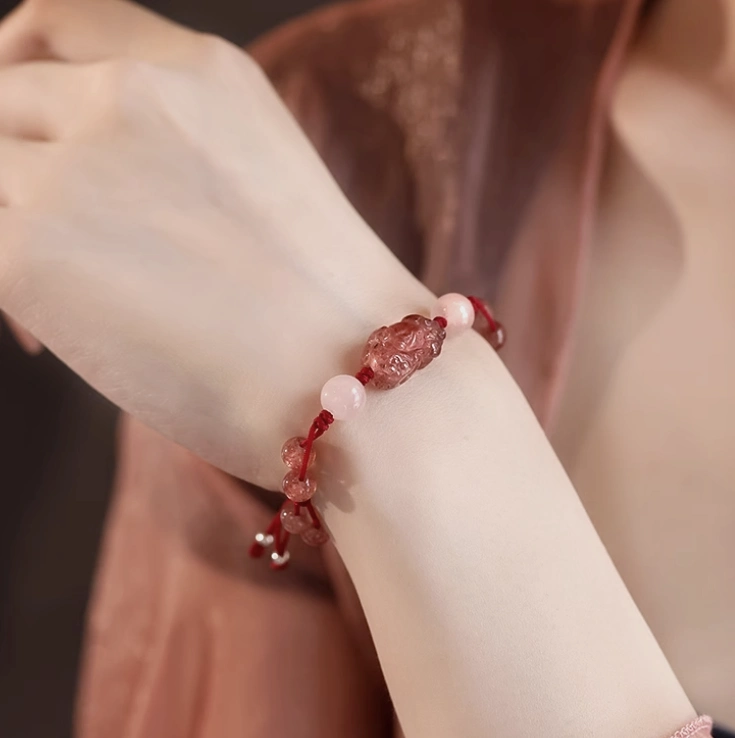
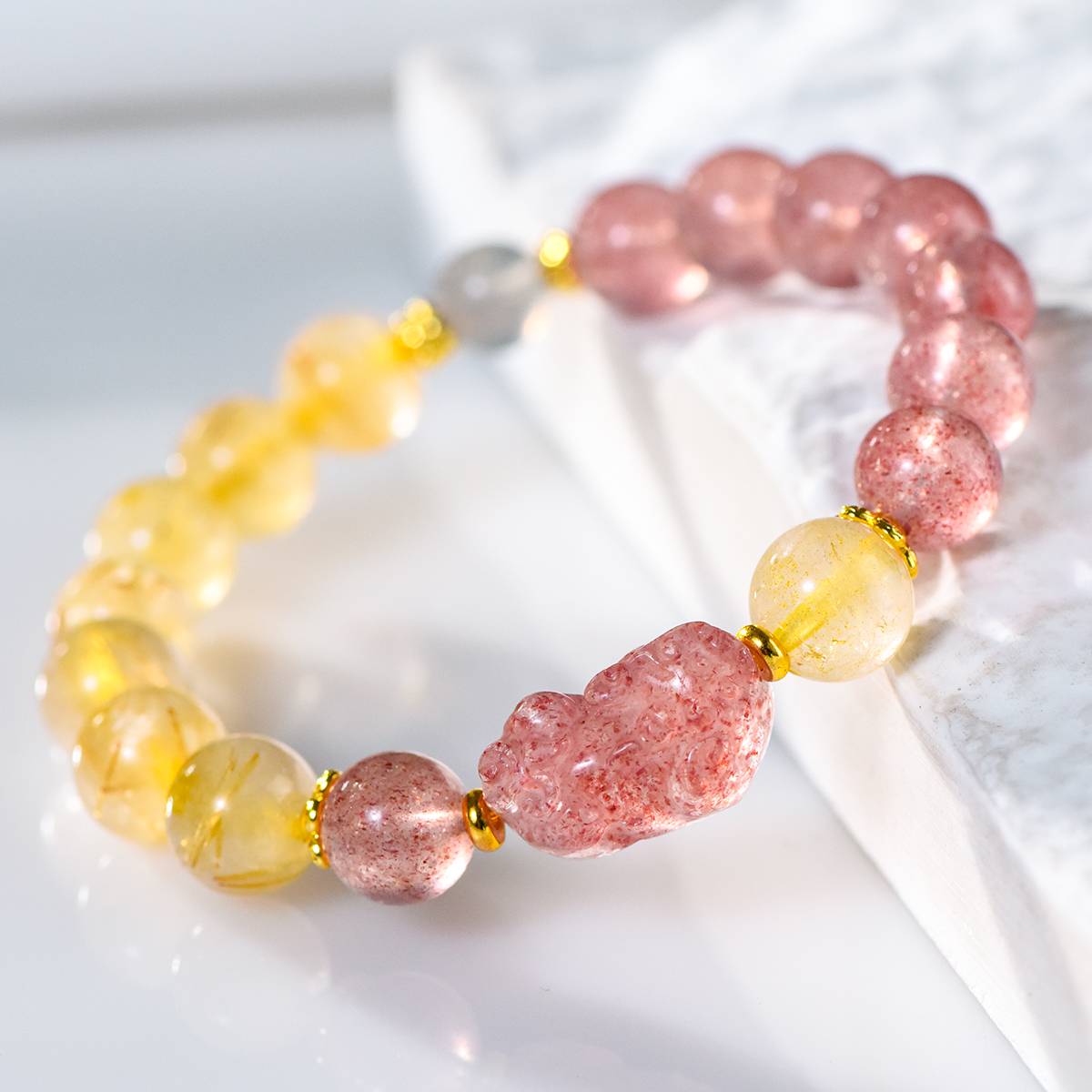
Get to Know Your Five Elements for Free
Get to Know More about Feng Shui


